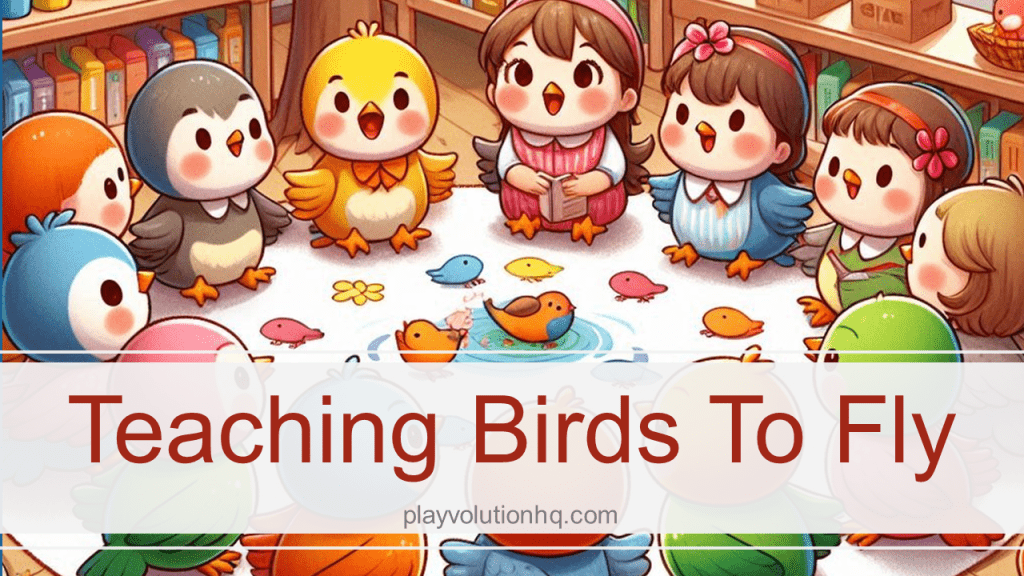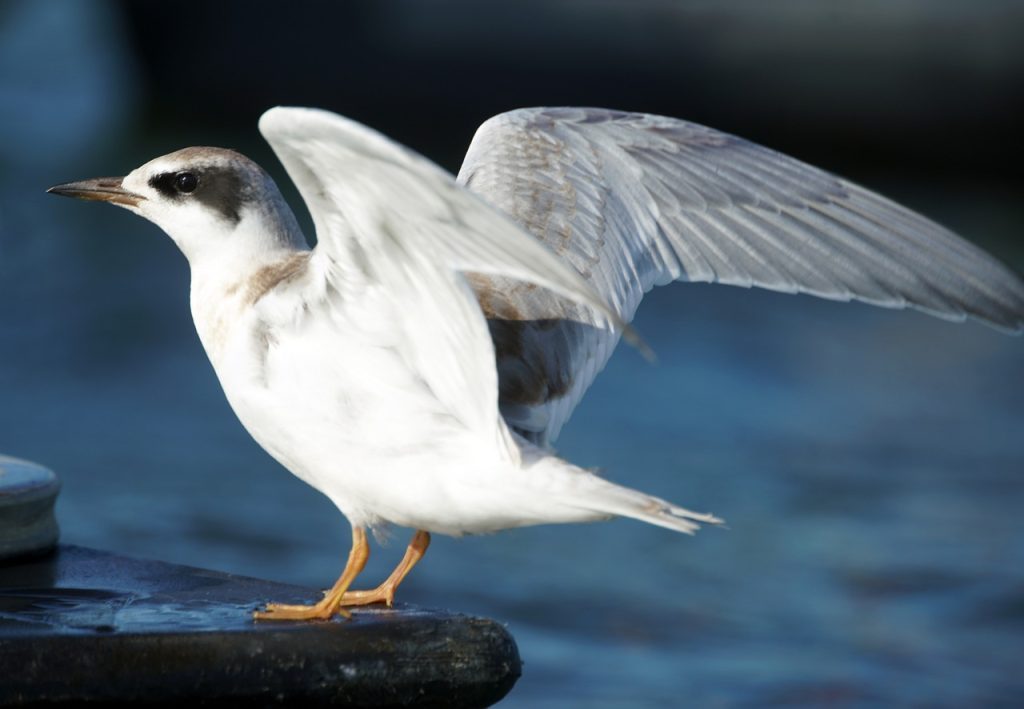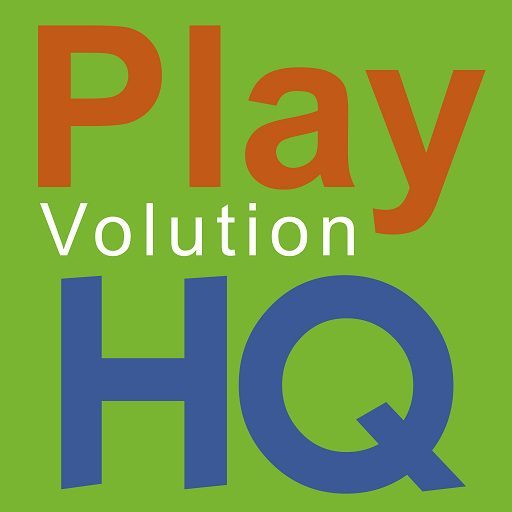
Table of Contents
A robust body of research and expert opinion suggests that teaching birds to fly is unnecessary. They’re wired to figure it out for themselves. It’s instinctual. That instinct, coupled with some practice, results in flight. There’s no need for well-intentioned flight-based lesson plans, learning goals, worksheets, or flashcards. They sort it out themselves.
The early learning world is plagued by practices akin to teaching birds to fly. Diligently crafted lesson plans, overly organized activities, and inopportune direct instruction are all thrust upon kids who may or may not be interested. Too many hours of too many days of too many toddlers and preschoolers are wasted on adult efforts to instruct them in abilities that they are naturally inclined to develop on their own.

The Learning Instinct
Children are innately curious and have an incredible capacity for learning through self-directed exploration and play. Just as teaching birds to fly is unnecessary, children do not always need structured lessons to develop essential skills. Play is an evolutionary survival strategy that, among other things, helps build skills and knowledge about the world. Children learn to problem-solve, develop social skills, and gain cognitive abilities through play.

The Limits of Adult-Directed Activities
Structured lessons and adult-led activities often have clear objectives and desired outcomes that meet adult goals, but they can limit a child’s ability to think creatively and independently. They are also frequently uninteresting to children who would rather be pursuing their personal interests. If Liam‘s mind is consumed with the giant caterpillar he encountered on the playground and hopes of finding it again when he gets back outside, paying attention to the worksheet in front of him and the teacher’s instruction to circle things that begin with B is hard.
Such activities often choke off children’s pursuit of their own learning interests and may inadvertently stifle their intrinsic motivation to explore and learn on their own terms. While there is a place for direct instruction, over-reliance on this method can result in children becoming passive learners who wait for direction rather than actively engaging with their environment.

The Power Of Self-Directed Play
Self-directed play allows children to take the lead in their learning journey. It encourages them to choose activities, pursue their interests, and learn independently. This type of play fosters independence, critical thinking, and resilience. Here are several key benefits of self-directed play:
- Enhanced Creativity—When children are free to explore, they often develop creative solutions and ideas that structured activities might not inspire.
- Improved Problem-Solving Skills—Children learn to navigate challenges and solve problems independently without adult interference, building confidence and competence.
- Social Development—Children learn to negotiate, share, and collaborate with their peers during self-directed play, developing crucial social skills.
- Emotional Regulation—Self-directed play allows children to safely express and manage their emotions, leading to better emotional health.
- Intrinsic Motivation—Children engaged in self-directed play are motivated by their interests and curiosity, fostering a love of learning that can last a lifetime.
The Role Of Caregivers and Parents
This is not to say that caregivers and parents should be entirely hands-off. Teaching birds to fly is unnecessary, but that doesn’t mean adult birds abandon their chicks completely. Adults are crucial in providing a safe and stimulating environment where children can explore and play. Here are some ways caregivers and parents can support self-directed learning:
- Create A Rich Environment—Provide interesting and engaging materials and resources that children can explore, such as loose parts, art supplies, building blocks, and dramatic play props.
- Observe And Facilitate—Watch children as they play to understand their interests and provide subtle guidance or tweak the environment when necessary.
- Encourage Exploration—Allow children to take social, emotional, cognitive, and physical risks and embrace the intrinsic learning that comes from making mistakes. This is an essential part of the learning process.
- Model Curiosity—Show your own interest in learning and exploring. Children often emulate the behaviors they see in adults.
Suggested Readings
If you’re interested in this topic, I highly recommend these titles that support the idea that teaching birds to fly is unnecessary:
- Brown, S., & Vaughan, C. (2009). Play: How It Shapes the Brain, Opens the Imagination, and Invigorates the Soul. Avery.
- Elkind, D. (2007). The Power of Play: Learning What Comes Naturally. Da Capo Lifelong Books.
- Gill, T. (2007). No Fear: Growing Up in a Risk Averse Society. Calouste Gulbenkian Foundation.
- Gopnik, A. (2016). The Gardener and the Carpenter: What the New Science of Child Development Tells Us About the Relationship Between Parents and Children. Farrar, Straus and Giroux.
- Gopnik, A. (2009). The Philosophical Baby: What Children’s Minds Tell Us About Truth, Love, and the Meaning of Life. Farrar, Straus and Giroux.
- Gopnik, A., Meltzoff, A. N., & Kuhl, P. K. (1999). The Scientist in the Crib: Minds, Brains, and How Children Learn. William Morrow.
- Gray, P. (2013). Free to Learn: Why Unleashing the Instinct to Play Will Make Our Children Happier, More Self-Reliant, and Better Students for Life. Basic Books.
- Gray, P. (2011). The Decline of Play and the Rise of Psychopathology in Children and Adolescents. American Journal of Play.
- Hanscom, A. J. (2016). Balanced and Barefoot: How Unrestricted Outdoor Play Makes for Strong, Confident, and Capable Children. New Harbinger Publications.
- Hirsh-Pasek, K., Golinkoff, R. M., & Eyer, D. (2003). Einstein Never Used Flashcards: How Our Children Really Learn and Why They Need to Play More and Memorize Less. Rodale Books.
- Holt, J. (1989). Learning All The Time. Addison-Wesley.
- Holt, J. (1967). How Children Learn. Pitman Publishing.
- Holt, J. (1964). How Children Fail. Pitman Publishing.
- Shumaker, H. (2012). It’s OK Not to Share and Other Renegade Rules for Raising Competent and Compassionate Kids. TarcherPerigee.
- Singer, D. G., Golinkoff, R. M., & Hirsh-Pasek, K. (2006). Play=Learning: How Play Motivates and Enhances Children’s Cognitive and Social-Emotional Growth. Oxford University Press.
(The above are Amazon Affiliate Links)
Teaching Birds To Fly Wrap-Up
While structured lessons and adult-led activities have their place, they should not dominate early childhood education. Embracing self-directed play and exploration aligns more closely with a child’s natural learning instincts and supports the development of critical life skills. Allowing children the freedom to explore, create, and learn on their own terms enables them to soar—just like birds who instinctively take to the sky.
Contribute content to Playvolution HQ
Brought to you by Explorations Early Learning
Browse Trainings
Post Author
Jeff Johnson is an early learning trainer, podcaster, and author who founded Explorations Early Learning, Playvolution HQ, and Play Haven.


Leave a Reply